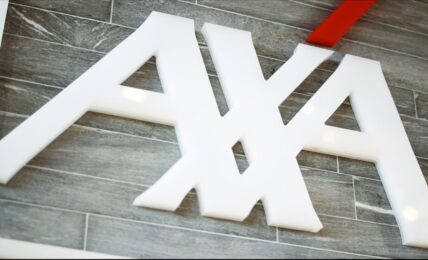The UK government’s strategy to reach net zero emissions by 2050 was ruled to fall short of legal requirements by the High Court for a second time, with the court supporting challenges claiming that the plan did not provide sufficient information on the risk to achieving the required emissions reductions, which rely in part on the development of future technologies.
Following the ruling, the High Court ordered the government to produce a revised climate strategy within 12 months.
The ruling followed a prior case brought in 2022 by environmentalEnvironmental criteria consider how a company performs as a steward of nature. More and legal campaign groups Friends of the Earth, ClientEarth and Good Law Project, after the release the prior year by the government of its Net Zero Strategy in October 2021, aimed at describing its plan to deliver on its commitment to reach net zero emissions by 2050, a requirement set into law under the revised Climate Change Act in 2019.
In the initial case, the organizations argued that the government’s strategy left out key details on how the climate targets would be achieved, particularly relating to the quantifiable contributions each of the policies outlined would contribute to meeting the carbon budgets.
The court’s 2022 ruling found in favor of several of the organizations’ claims, and ordered the government to publish a new report by the end of March 2023, setting out the proposals and policies for meeting its carbon budgets, including details on time scales and how the policies are expected to affect different sectors of the economy, and to provide transparency to the public on the government’s plans to reach net zero. The government followed up with the release of its Carbon Budget Delivery Plan in March 2023, setting out the package of proposals and policies supporting its plan to meet the strategy’s carbon budgets.
In June 2023, however, Friends of the Earth, ClientEarth and Good Law Project launched a new case against the revised plan, arguing that the updated strategy failed to address the risks that its key policies may not achieve the emissions reductions needed to reach legally binding targets, with the plan assuming that all of its proposals and policies would be delivered in full, and that the “conclusion that the proposals and policies will enable the carbon budgets to be met was irrational.”
In a statement released following the ruling, ClientEarth explained that the case was brought based on the belief that the revised plan failed to meet legal standards, as it “relies on high-risk and unproven technologies to tackle climate change, as well as vague and uncertain proposals.”
In the judgement, Mr. Justice Sheldon upheld four of the organization’s five grounds, with the ruling stating:
“If, as I have found, the Secretary of State did make his decision on the assumption that each of the proposals and policies would be delivered in full, then the Secretary of State’s decision was taken on the basis of a mistaken understanding of the true factual position.”
Following the new ruling, ClientEarth Senior Lawyer Sam Hunter Jones said:
“The courts have now told the UK government not once, but twice, that its climate strategy is not fit for purpose. This time the court made it emphatically clear: the government cannot just cross its fingers and hope for high-risk technologies and uncertain policies to plug the huge gaps in its plans.”
Click here to see the High Court’s ruling.


